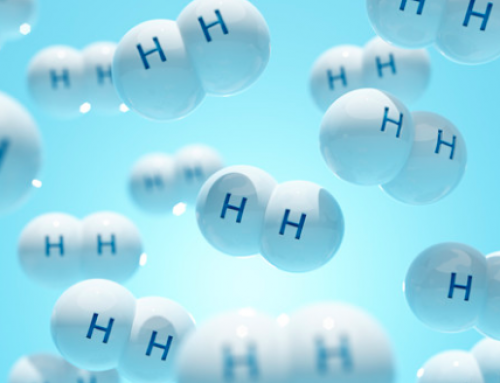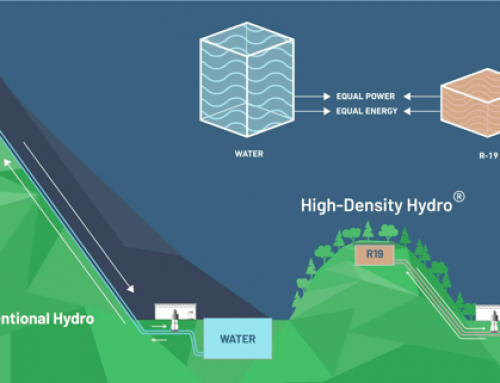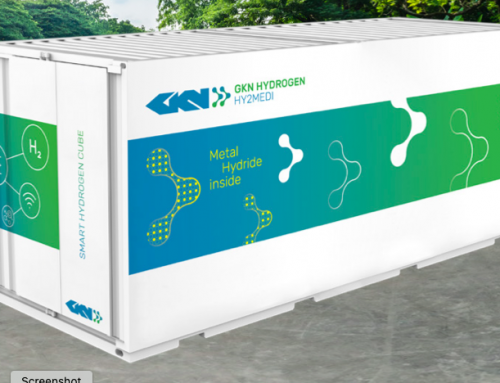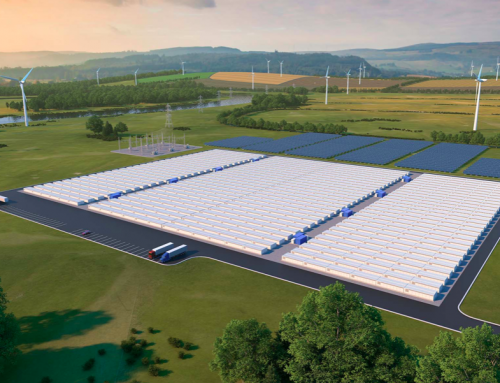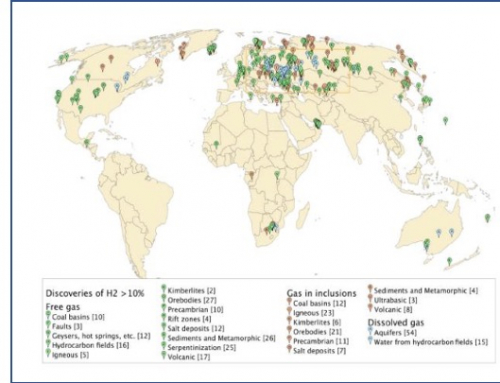By Julian Singer
The Canadian company GH Power thinks it has found a way to produce green hydrogen at a fraction of the cost of electrolysis. Electrolysis uses electricity, renewable in this case, to separate water molecules into hydrogen and oxygen. The process is only moderately efficient with at least 20 per cent of the energy being lost in the process. It also requires large amounts of renewable energy at a time when the world is struggling to produce green electricity for conventional purposes.
GH Power’s method is based on the reaction of aluminium with water to produce hydrogen and aluminium oxide (also called alumina). This may seem surprising. Aluminium is used for many domestic and industrial purposes with no sign of rusting or any other reaction to water. The reason is that pure aluminium quickly develops a very thin skin of alumina that protects it from the elements.
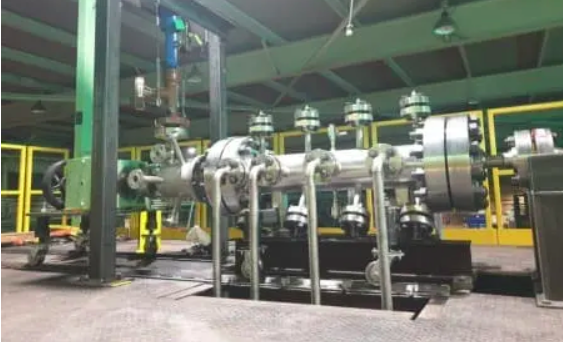
www.ghpower.com
The trick is to find a way through this protective layer. Various solvents have been tried in the past, as have mechanical methods (essentially rubbing bits of aluminium together to remove the coating). GH Power has not disclosed the method used in its reactor.
The source of aluminium is also an issue. Aluminium is normally produced from the mineral bauxite in a process that uses a large amount of electricity (as seen by the hydroelectric projects built in Scotland and elsewhere in the 1930’s to provide electricity exclusively for aluminium production). GH Power’s solution is to use scrap aluminium as the input.
Once the reaction has started there are several benefits. First, it is exothermic, which means it gives off more energy (in the form of heat) than is put into it. Thus, unlike most industrial processes it does not require energy apart from that needed to kick the process off. Second, it produces not only heat and hydrogen but also alumina. The latter can be converted back into pure aluminium by conventional industrial methods.
The general principle has been known for some time. In 2010 the US Department of Energy reviewed the literature on the use of different solvents and catalysts, and concluded that that some did work but that overall production was not commercial. However, curiously enough, they were mainly concerned with using aluminium to generate hydrogen on board commercial vehicles. The thought of going to a filling station to fill up your tank with scrap aluminium is extremely bizarre!
According to the DOE study, 9 kg of aluminium is needed to produce 1 kg of hydrogen, enough to drive about 100 km in a car (a full tank will carry 5 to 6 kg). Thus, for GH Power’s system, the availability of scrap aluminium is a big issue. If this is not available the cost of the electrical energy required to make new aluminium, even if made from its own alumina, is likely make the process less attractive than electrolysis.
GH Power is based in Hamilton, Ontario, and has received CAD$2.2bn from the Canadian and German governments. The RWTH Aachen Fuel Science Centre in Germany and Carleton University in Ottawa are partners. A 1MW system is being tested and should reach continuous operation in Q4 2023. It is expected to output daily 330 kg of hydrogen and 5,000 kg of alumina. The next step is to scale this up to a 27MW system at a cost of US$100m and a payback time as little as 1.5 years. The cost of the hydrogen produced is predicted to be 40 per cent of that from electrolysis and only 15 per cent higher than grey hydrogen (produced from natural gas without carbon capture). In addition, the cost of the alumina is expected to be 15 per cent of the cheapest alternative.
Such numbers make this an exciting development. It would be a game changer in the production of hydrogen and could lead to a swing in the electric vs hydrogen car discussion. But first GH Power needs to prove its product. Until then it almost sounds too good to be true.

